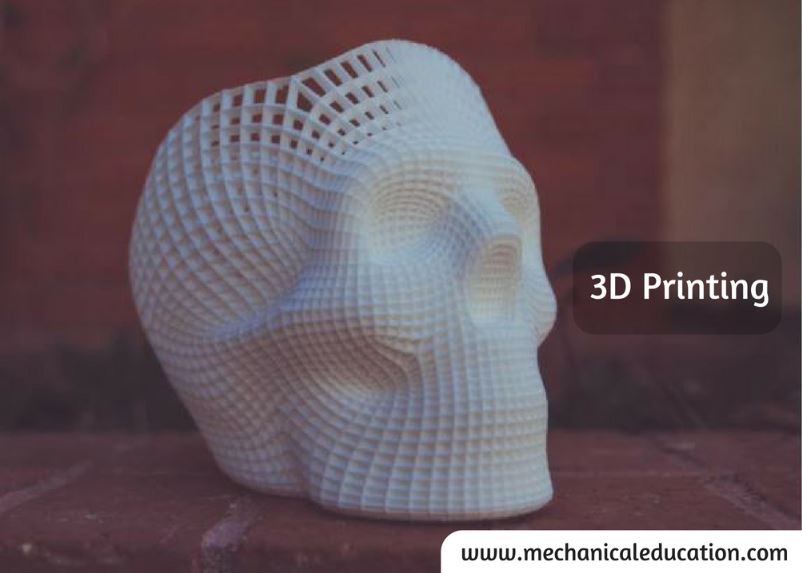Installing a backflow preventer is an important step in protecting your water supply from potential contamination. Here’s a general guide on how to install a backflow preventer:
- Understand local regulations: Familiarize yourself with the local plumbing codes and regulations regarding backflow preventer installation. Different jurisdictions may have specific requirements for the type of backflow preventer and its installation location.
- Determine the appropriate type of backflow preventer: There are various types of backflow preventers available, including pressure vacuum breakers (PVB), reduced pressure zone (RPZ) assemblies, and double check valve assemblies (DCVA). Consult local regulations or a professional plumber to determine the most suitable type for your specific application.
- Choose the installation location: The backflow preventer should be installed at a point in your plumbing system where it can effectively protect against backflow. Typically, it is installed near the water meter or where the main water supply enters the property. Follow local regulations and guidelines for the recommended placement.
- Shut off the water supply: Before installing the backflow preventer, shut off the main water supply to your property. Locate the main shut-off valve and turn it off to prevent water flow during the installation process.
- Prepare the installation area: Clear the area where the backflow preventer will be installed. Remove any obstructions or debris that may interfere with the installation.
- Install the backflow preventer: Follow the manufacturer’s instructions for installing the specific type of backflow preventer you have chosen. Generally, the installation involves cutting into the existing plumbing line and connecting the backflow preventer between the water supply line and the rest of the plumbing system. Use appropriate fittings and connectors recommended by the manufacturer.
- Ensure proper positioning and orientation: Position the backflow preventer according to the manufacturer’s instructions and local regulations. Ensure the device is installed at the correct elevation and in the proper vertical or horizontal orientation.
- Secure the backflow preventer: Once the backflow preventer is properly installed, secure it in place using appropriate mounting brackets or straps. Ensure it is stable and securely fastened.
- Perform a pressure test: After the installation, it’s important to perform a pressure test to check for leaks and ensure the backflow preventer is functioning correctly. Follow the manufacturer’s instructions or consult a professional plumber to conduct the pressure test.
- Obtain necessary permits and inspections: Depending on your location, you may need to obtain permits or schedule inspections to ensure compliance with local regulations. Contact your local building department for guidance on any required permits or inspections.
It’s important to note that backflow preventer installation may require specialized knowledge and skills. If you’re unsure about any aspect of the installation process, it’s recommended to consult a professional plumber who can ensure the backflow preventer is installed correctly and in compliance with local regulations.




